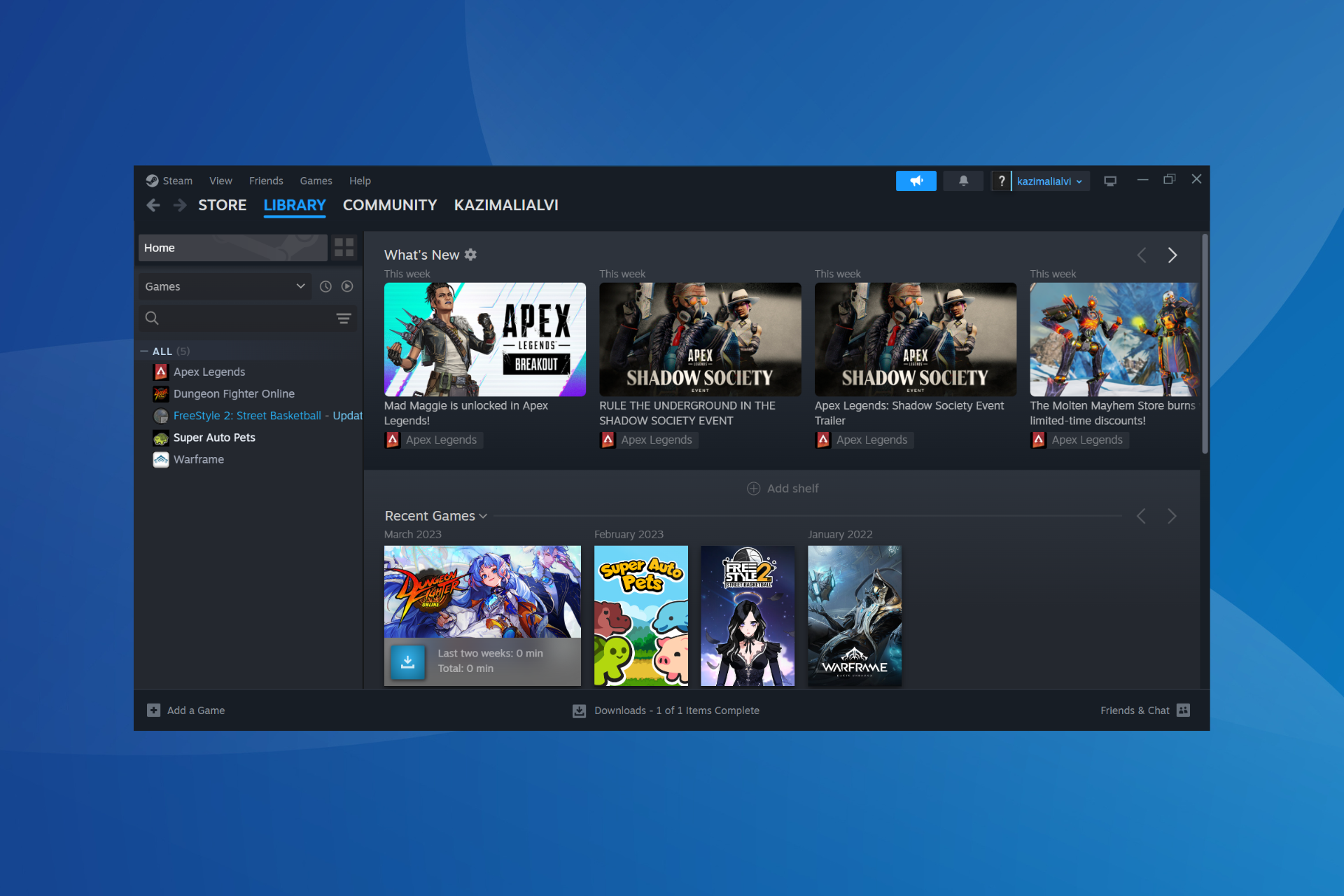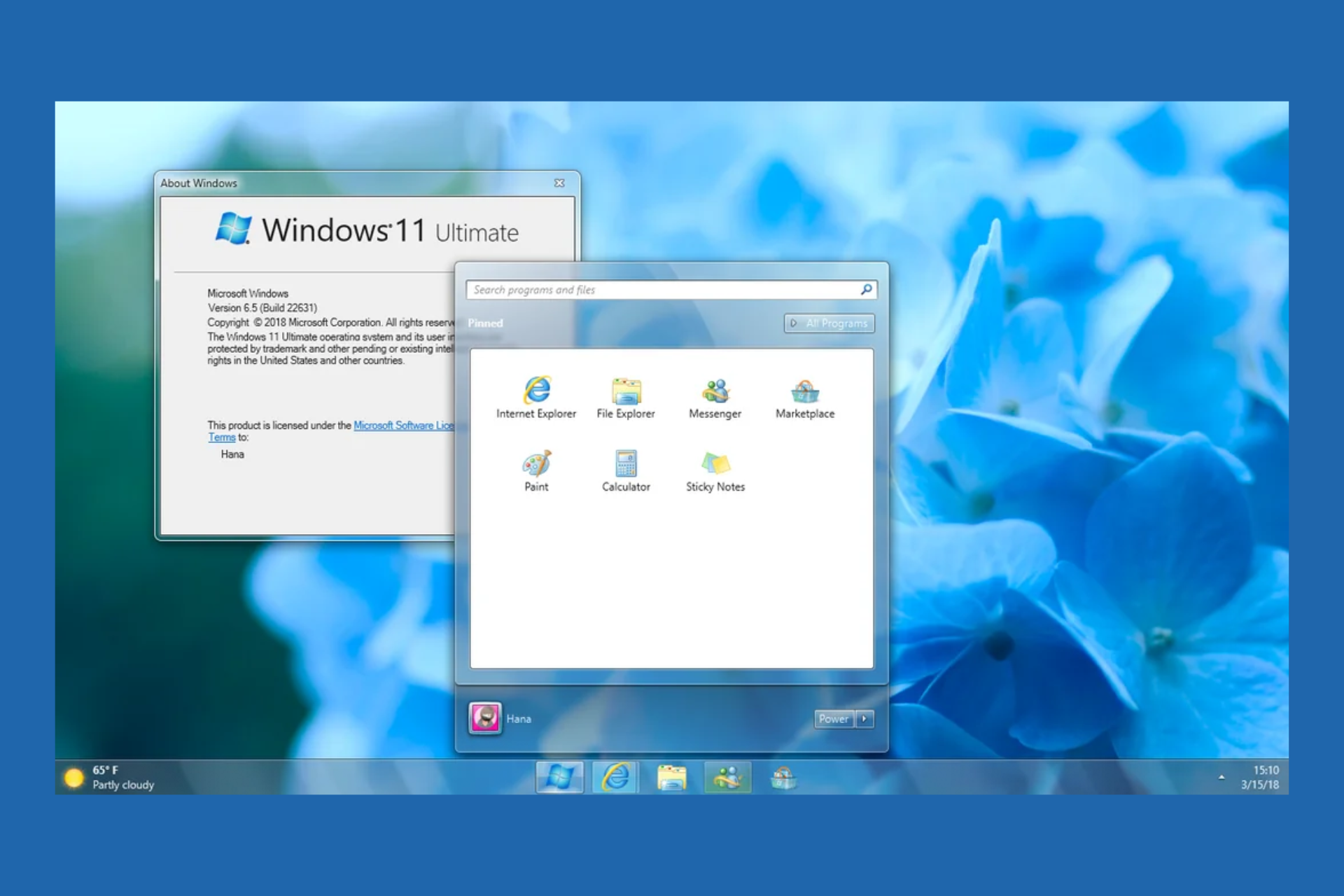Microsoft is working on a beefed-up local dimming technology for gamers, patent reveals
It could create a far more immersive gaming experience, theoretically.
3 min. read
Published on
Read the affiliate disclosure page to find out how can you help Windows Report effortlessly and without spending any money. Read more

In a patent published recently, Microsoft is working on developing a so-called Pixel Luminesce for Digital Display technology, that would allow users to control each pixel of a display individually.
In other words, the technology would allow for a selective dimming option: one part of the display could be brighter, while another part would not be affected, all at the same time. According to the paper, this could obtained by controlling each pixel through a special part called an EM gate driver.
This part controls how bright the pixels are by sending them a signal. Then a luminance controller would tell the EM gate drivers to send a special kind of signal called a pulse-width modulated signal to the rows of pixels.
Some rows of pixels would get a signal that starts with an “on” pulse, and some would get a signal that starts with an “off” pulse. The intriguing part is that this can happen at the same time or at different times.
The selective display dimming would greatly enhance the performance of the device and it also comes with some exceptional perks, such as:
- Brightness: The pulse-width modulated signal can control the brightness of the pixels. By changing the length of the “on” and “off” pulses, the display can make some of its parts brighter or dimmer, at the same time.
- Color Accuracy: The timing of the signals can also affect the color of the pixels. If the signals are sent at the right times, the display can show the colors more accurately.
- Refresh Rate: The rate at which the signals are sent can affect how quickly the display can change what it’s showing. This is important for things like watching videos or playing games, where the screen needs to change rapidly.
- Power Consumption: The use of pulse-width modulation can also affect the power consumption of the display. Displays that use this technique can often save power, which can make the device’s battery last longer.
With selective dimming technology, Microsoft could greatly improve the quality of the display, making images look clearer, colors look more accurate, and videos play more smoothly.
Just imagine being able to dim certain parts of the screen while playing a horror video game: it would revolutionize the way immersion happens.
One of the greatest perks is that the device would use less power, allowing for more sustainable but performant displays.
This isn’t the first time Microsoft has been interested in selective display dimming technologies. Although not at this degree, Windows 11 already has an adaptive dimming option that dims the screen when the user is not looking at it.
The Redmond-based tech giant has also been updating Windows 11 with gaming-specific features, the latest being the AI-powered Auto Super Resolution, which greatly enhances gaming performances. So, this technology could be released with a future Windows update.
The paper can be read here.








